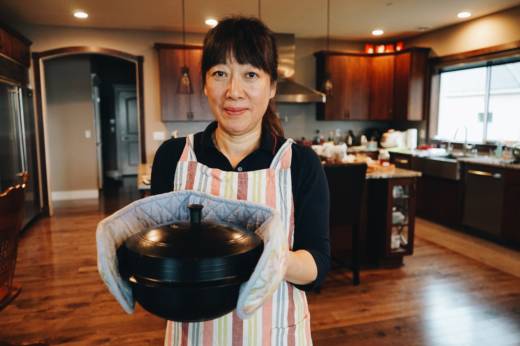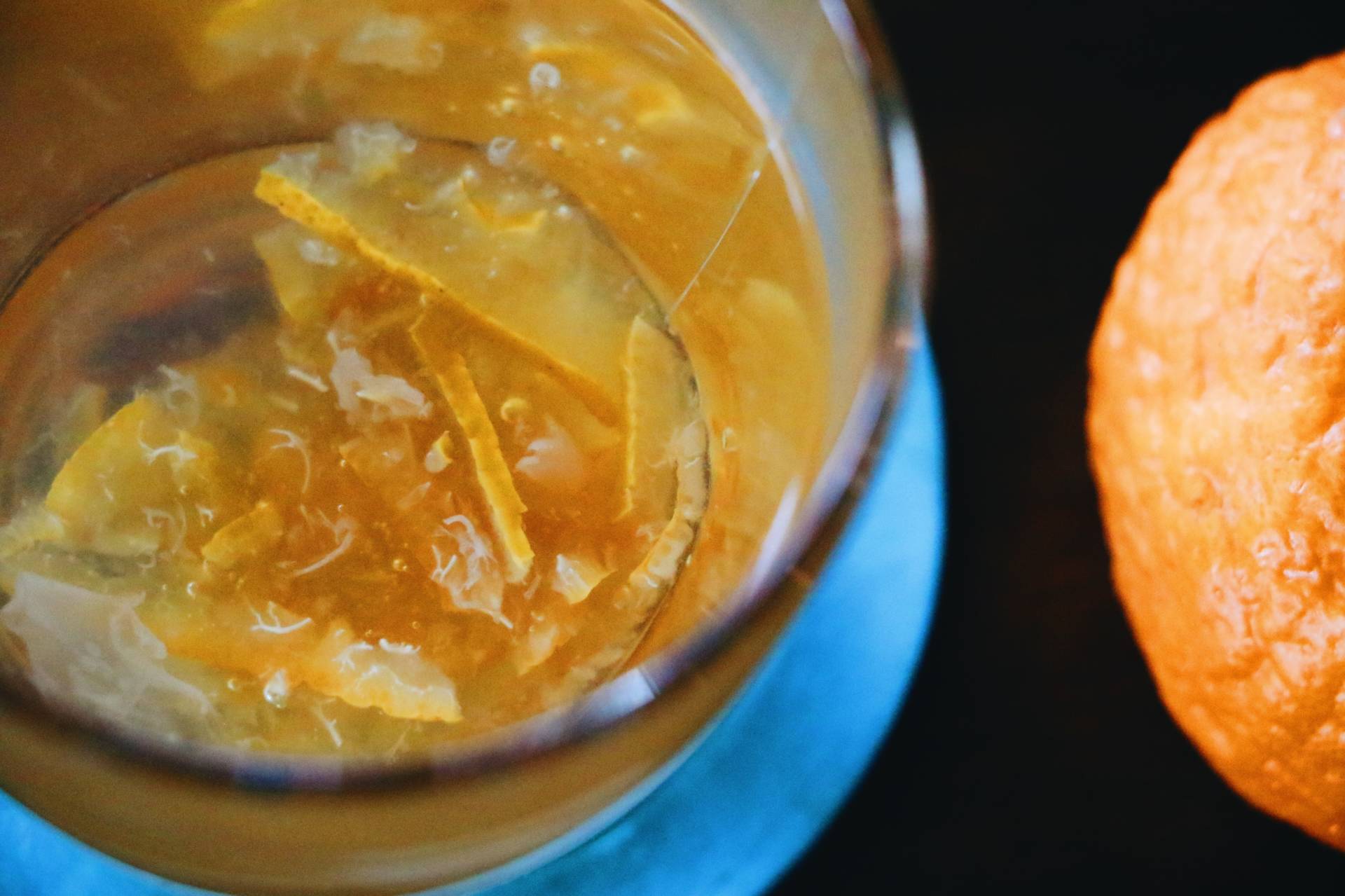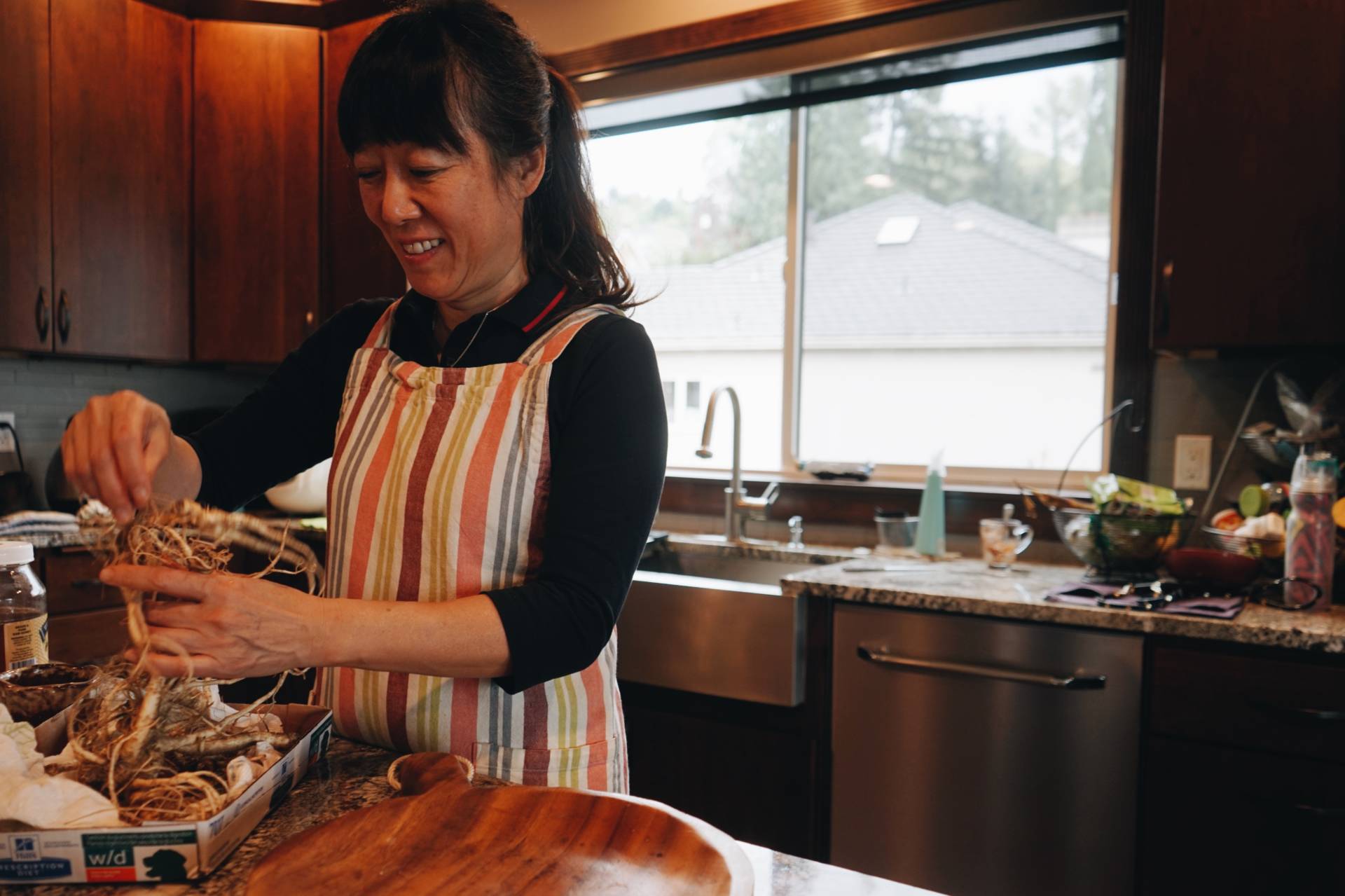In first grade, I was hospitalized with pneumonia for over a week. I remember having to take an antibiotic syrup that gave me acid reflux. Immediately after I swallowed it, my Korean immigrant mother spoon-fed me a homemade liquid with small pieces of boiled Korean pear (bae), spices, and honey. This was her take on baesuk, a Korean fruit punch/tea, that she brought to the hospital in a thermos. I remember it lulled my stomach and soothed my throat and chest. The Korean-American pediatrician who oversaw my treatment at the hospital told my mom that he wished he had thought about feeding me this concoction first.
After I was discharged, I vomited for several days with an upset stomach from all the medicines I had to take. My mom would stay up late, soaking rice in water to make me jook, Korean rice porridge, in the morning. I always associated jook with medicine, as it always magically made my stomach feel better. My mom trusted Western medicine, but she also looked to Korean food remedies to help with prevention and treating my symptoms.
Cooking foods to soothe sick children is a ritual for mothers around the world. But in Korea, some foods are widely believed to help treat ailments, boost health and prevent disease.
Koreans have been using foods as remedies since the days when monarchs ruled Korea. The best-known written documentation of these culinary remedies is found in Donguibogam (동의보감), edited by the royal physician Heo Jun during the Joseon dynasty in the 17th century. Donguibogam, which translates as "a priceless book of medicines," consists of 25 volumes — an encyclopedia of sorts — that explore how ailments affect organs and what can be done to treat and prevent diseases. This book is still highly regarded and widely used by Eastern Medicine doctors all over Asia and was added to the UNESCO Memory of the World Register in 2009.
While the research on the medicinal powers of many of these foods is scant, belief in their curative properties is widespread. Here's a look at some of the most popular Korean healing dishes.
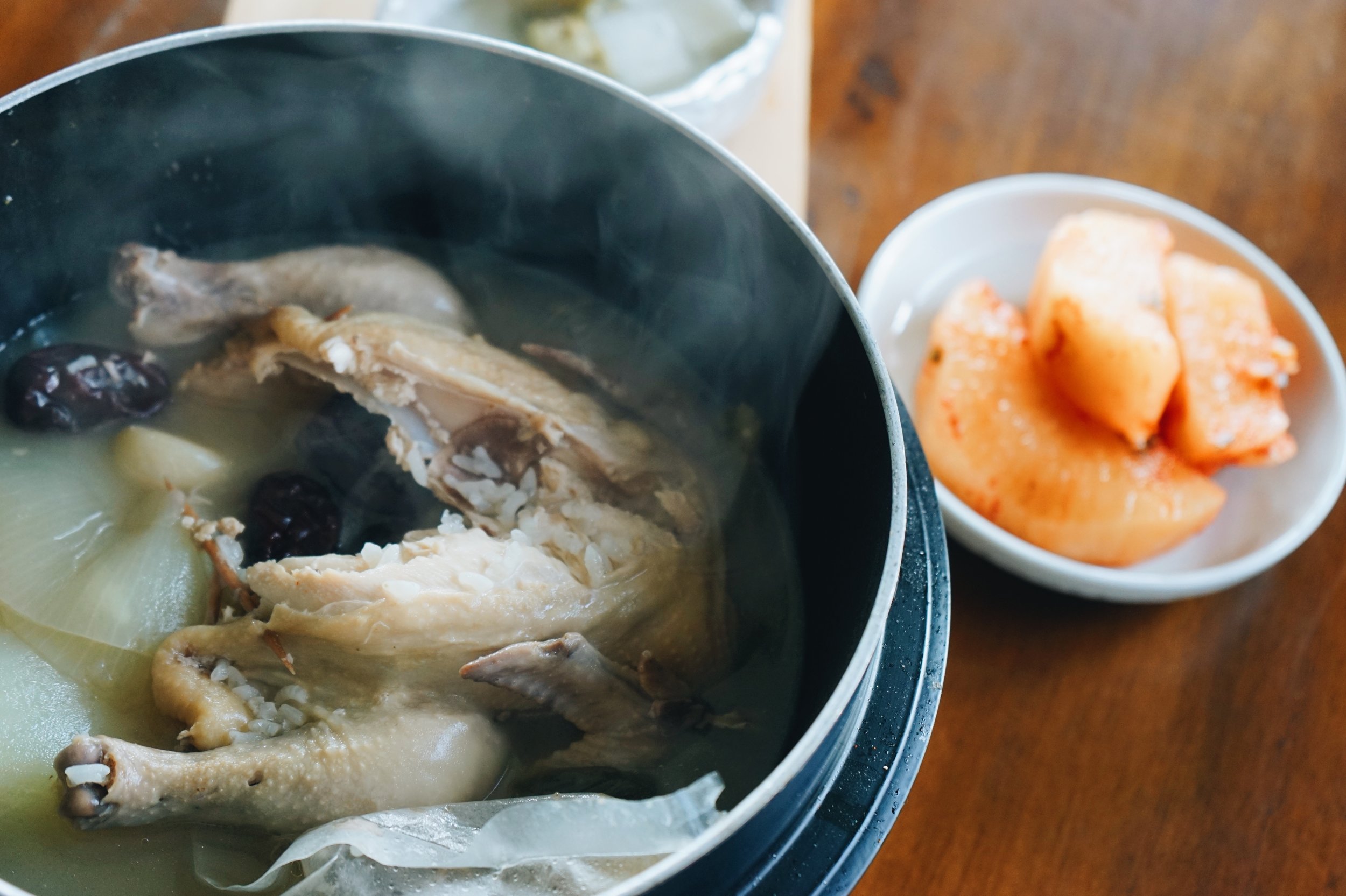
Samgyetang (삼계탕), chicken with ginseng soup: Samgyetang is a soup made with a whole small chicken stuffed with glutinous rice, garlic, red dates (jujube), peeled chestnuts, and ginseng. (Scroll down for the recipe.) It is traditionally consumed hot by Koreans in the summer on the warmest days of the year, because it is believed to help regulate body temperatures. (There is some science to back up this idea.) Many Koreans strongly believe that ginseng warms up the body, especially the stomach, though the science doesn't seem to support this claim.
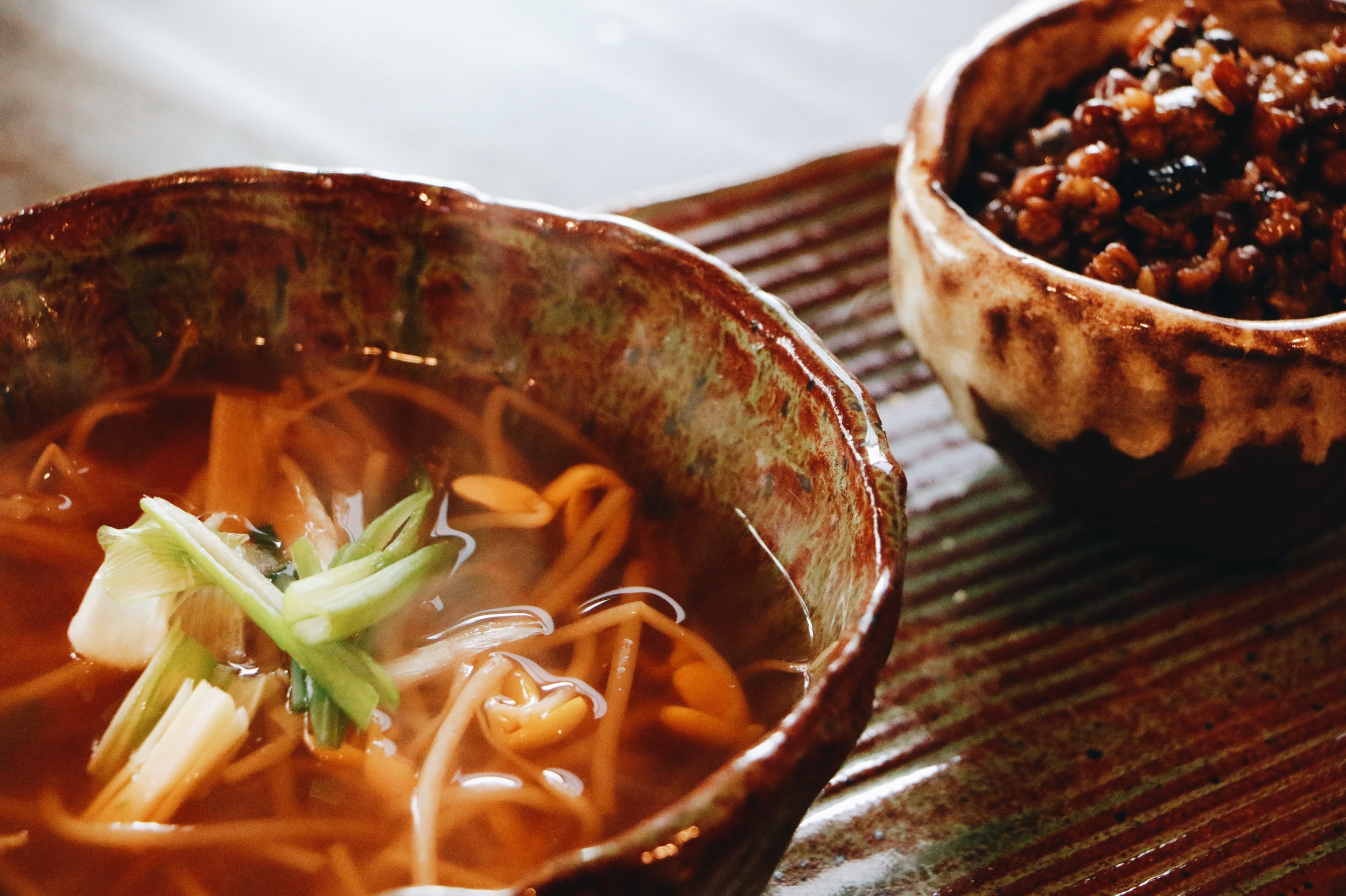
Kongnamul-guk (콩나물국), soybean sprout soup: This can be served two ways, with Korean chili flakes for a spicy kick or without. It is commonly believed to help cure hangovers in adults. My mom always said the saltiness of the soup, combined with the natural vitamins found in soybean sprouts, helped "clean" the liver and stomach. While the idea of detox diets isn't backed up by science, scientists in Korea have found some evidence — in rats — that soybeans reduce blood concentrations of acetaldehyde (what alcohol breaks down to as you metabolize it).
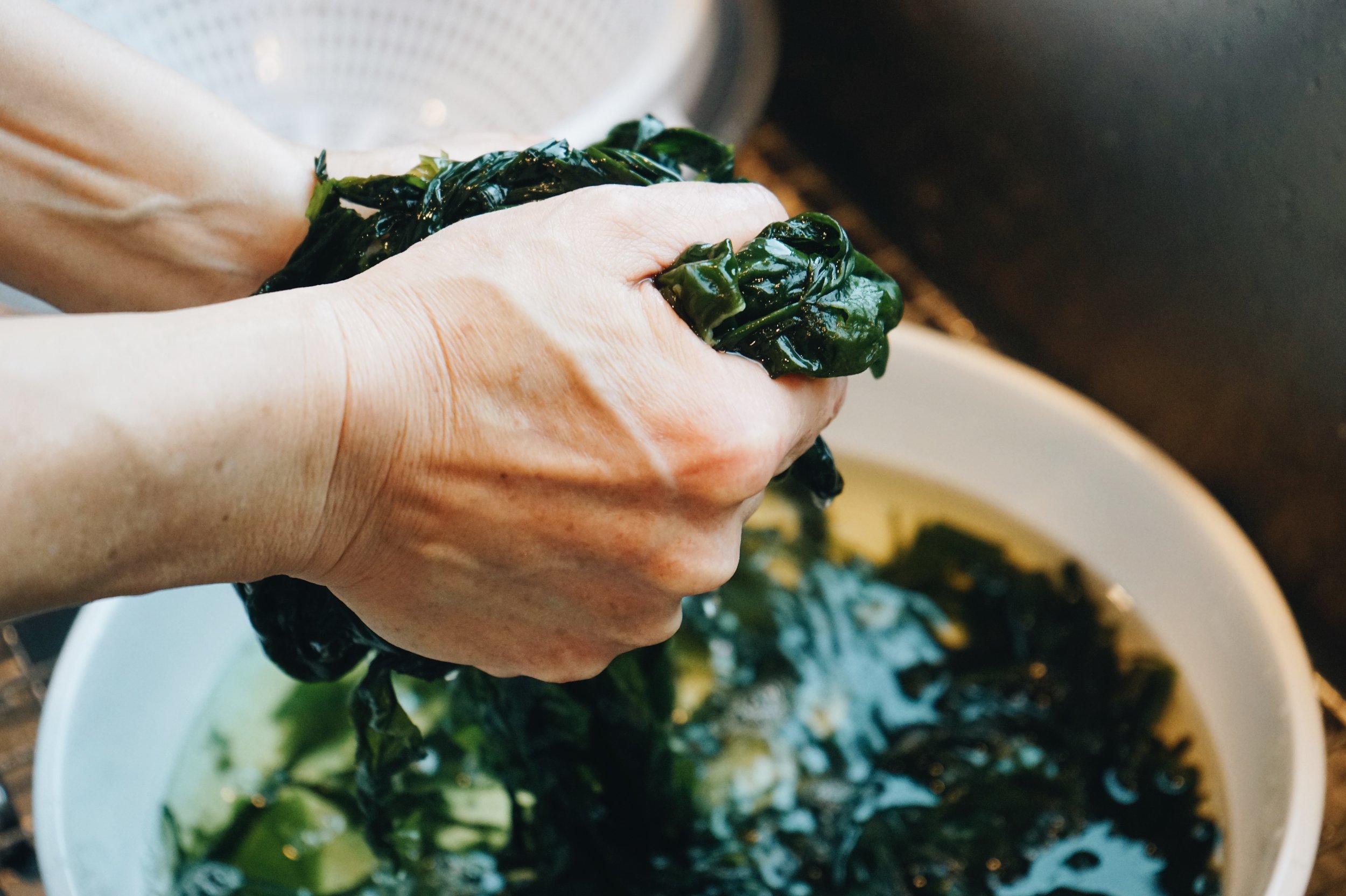
Miyeok-guk (미역국), seaweed soup: Miyeok-guk is made with a protein broth, most commonly beef broth, and miyeok (미역), or seaweed. In Korea, new moms are given this as part of their recovery diet in the hospital. (It's why miyeok is symbolically enjoyed on birthdays.) As certified food scientist Jessica Gavin notes, seaweeds can be rich in minerals like calcium, phosphorus, iron and iodine – all of which are indeed considered important during pregnancy and lactation. In the U.S., my mom has brought thermoses to the hospital filled with this soup to my aunts after childbirth — and I am sure she's not the only Korean immigrant who's done this.
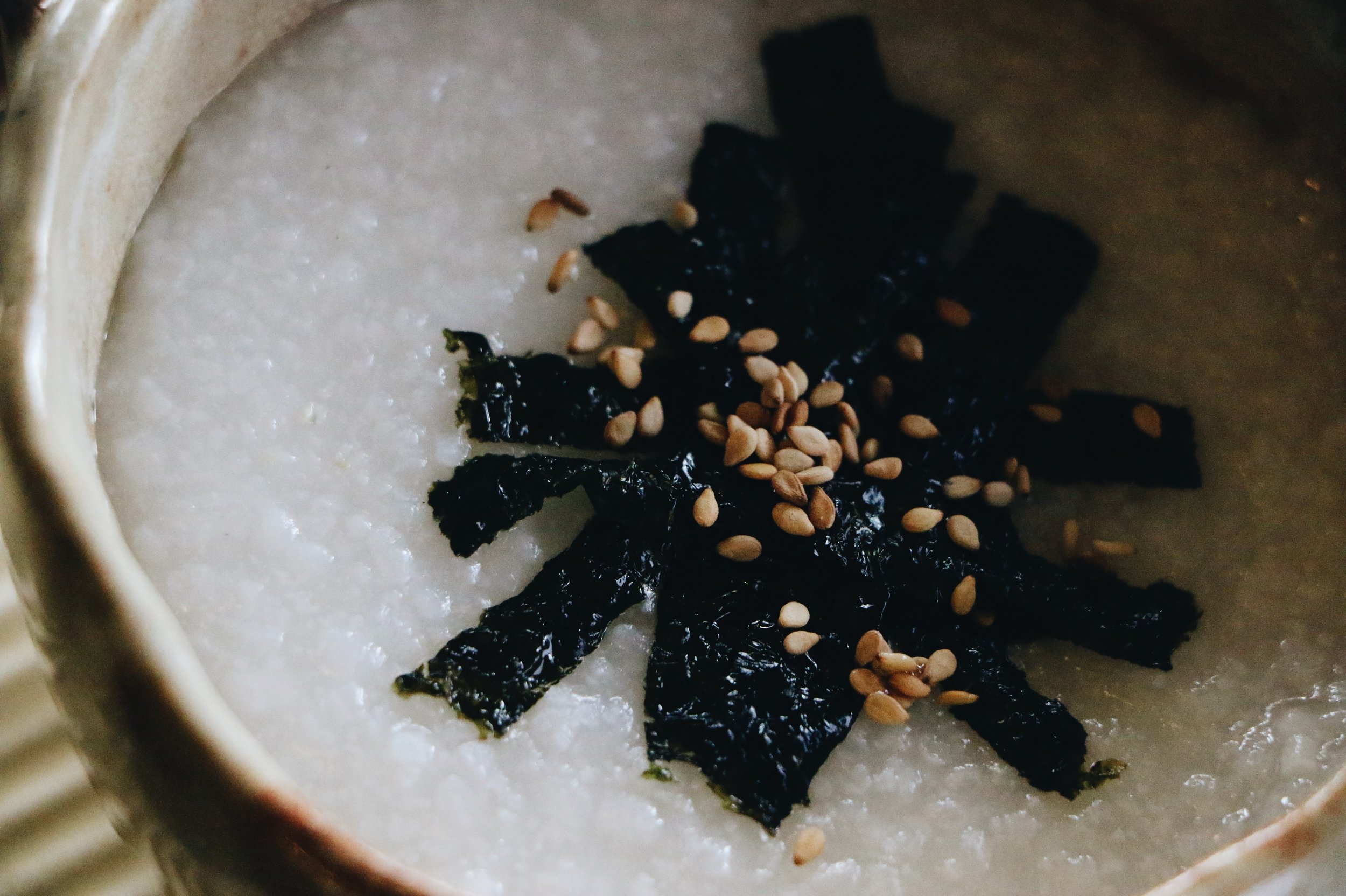
Jook (죽), rice porridge: You could compare jook to chicken noodle soup. It's a Korean staple for the sick, especially those with stomachaches. It's made by slow-boiling rice that's been left out to soak in water for many hours. The soft, moist texture of the porridge is easily swallowed and digested — my mother would force-feed me this whenever I was nauseous and couldn't keep other foods down. Jook would always calm my stomach. Many Koreans mix in different ingredients, such as pumpkin and abalone, and it is often enjoyed for breakfast or when recovering in the hospital.
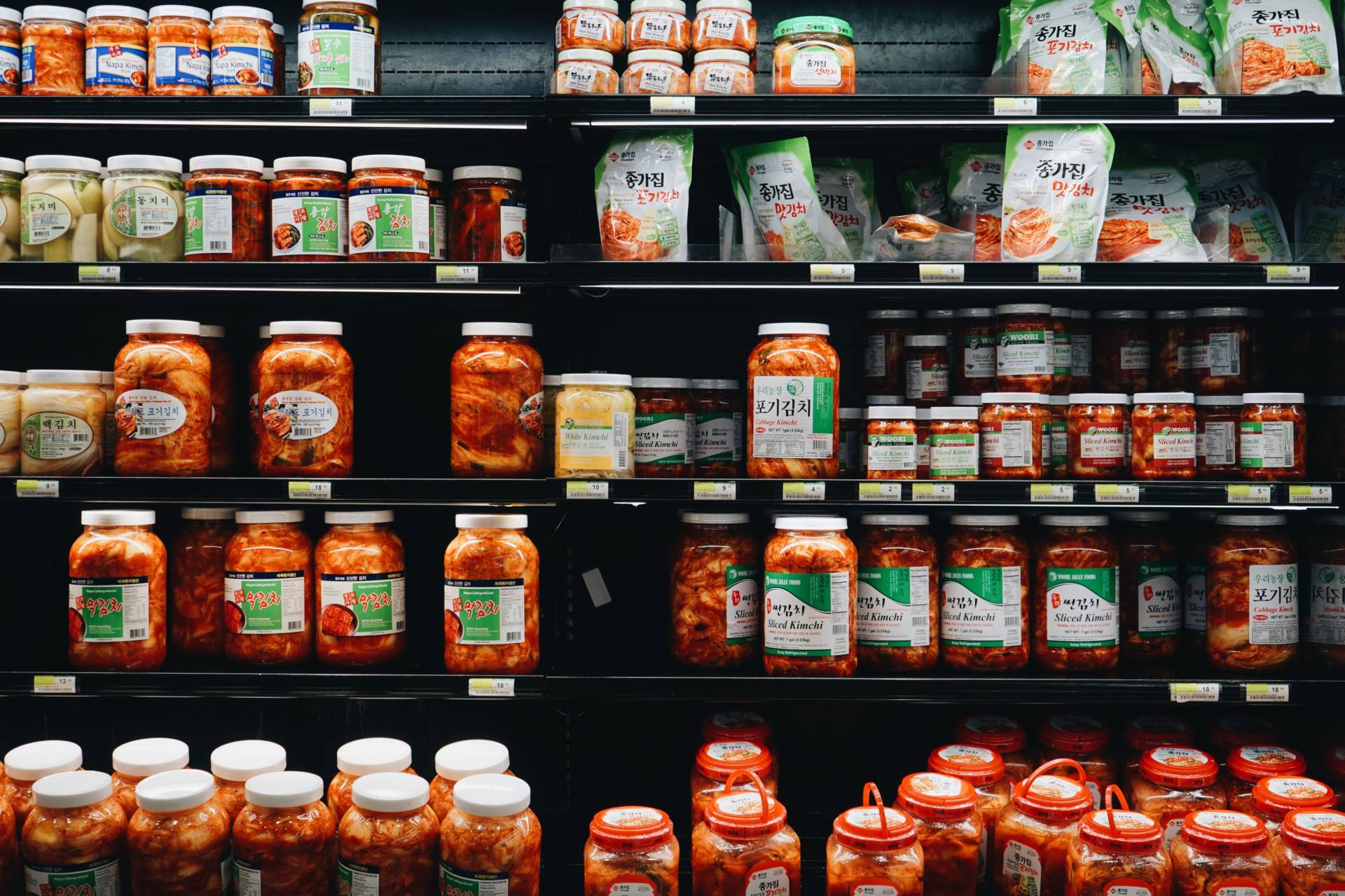
Kimchi (김치), Korean fermented vegetables: Kimchi comes in hundreds of variations. Two types commonly consumed for health benefits are ggakdugi, or spicy radish kimchi, and mul-kimchi, or water kimchi. Mul-kimchi is often served in the summer, chilled, and the light but salty brine is drunk as a refreshment — it is said to hydrate and replenish the body with salts you sweat out. (American athletes have been known to do something similar, despite a lack of scientific evidence to back up the practice.) Ggakdugi often accompanies soups, such as seolleongtang, or oxtail soup, consumed when hungover. My mom always says the spice of kimchi will "wake up your body and mind."
